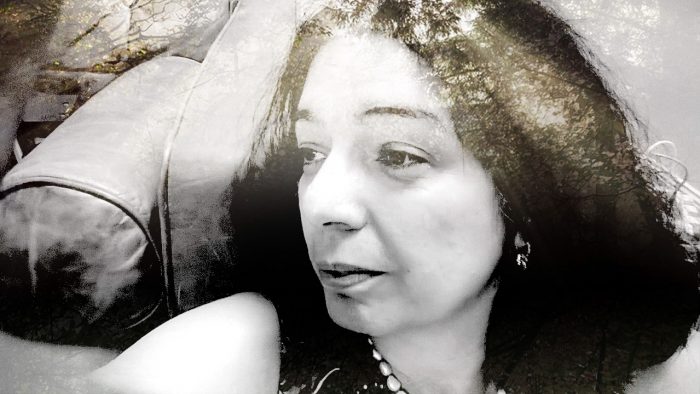A world of choices and a choice of worlds

This is a strange week. I’ve sent off the third book in my fantasy trilogy to beta-readers. Once I get it back from them I will do the final edits before I send it to my publisher. And that, aside from proofreading the final version, will be that. The Tales of Tarya will be finished. I’ve lived with this world and these characters for a very long time, and I’m about to say farewell to them. Which means I have to decide what to do next. I have quite a few choices.
No spoilers…
I’m going to speak in general terms because, like a lot of authors, I’m superstitious about putting story ideas into the world before they’re properly brewed. So don’t expect any big spoilers about what I might produce next.
Too many choices
One option is to write a full length play based on a ten-minute play I wrote a while back. It’s an intriguing story based on an historical event, and I think it’s extremely relevant to world events. It’s funny how, if you look back through history, you see patterns repeating themselves. I love writing plays. My writing brain thinks in terms of visual images and dialogue, so plays feel very comfortable for me. So this has a lot of appeal.
Another option is to tell the back story related to The Tales of Tarya. As I wrote the third book, Pierrot’s Song, two characters kept appearing at the edge of my thoughts. I could see them very clearly, and they were starting to come to life. Which I think is always a sign that their story might need to be told. They’re figures from Mina’s past, and the events they lived through are vital to my trilogy. The question is, do I want to remain immersed in that world?
The next option is a new YA trilogy set in Australia. I wrote the first book for my PhD. I’m nervous about this one, because since I wrote it, the ‘own voices’ movement has surged. This makes me question whether I have the right to present characters with particular issues that are not (necessarily) my lived experience.
Then I have the first book I ever wrote. Normally these sorts of things should, I think, stay firmly in a bottom drawer, never to see the light of day. Beginner writers make a lot of mistakes. To pursue this choice would take a lot of work. But I think the bones of the story are good. And I think it fits the zeitgeist nicely.
How to choose?
At the moment what I’m doing is dipping my toes in to each of the choices. I’m going back and reading over anything I’ve written so far for each of the projects. I’m also looking at the research I’ve already done for each one. But I don’t think my choice is going to be based on logic. I should probably be asking ‘which one is the most marketable?’ But I don’t think my creativity works that way. Ultimately I’m pretty sure my choice will be based on instinct. Which characters are speaking to me? Which story feels like it is closest to being fully formed? What will engage my passion?
Writing is hard work. Plotting, planning, getting words on the page, editing… it takes time and care. I’m going to have to love this project if I’m going to have the energy and motivation to see it through. So, to throw in another metaphor, I’ll dance with each of these stories for a while, and see which one I’d like to spend more time with. I’m in a strange space of uncertainty, but at the same time it’s exciting. Let’s see where the music leads.






 tastic books out there that use this sort of overt magic. But I went in a different direction. What interests me is thinking about what magic already exists in the world. We forget how incredible life is, taking for granted all the wondrous things that happen every day. This is especially true for people. Their minds are complex, their lives are fascinating and their achievements can be staggering.
tastic books out there that use this sort of overt magic. But I went in a different direction. What interests me is thinking about what magic already exists in the world. We forget how incredible life is, taking for granted all the wondrous things that happen every day. This is especially true for people. Their minds are complex, their lives are fascinating and their achievements can be staggering.
 at’s just a story!’ There is no just a story. Of course not all stories are equal and some can be used to bad ends as well—but they are powerful things, never to be underestimated.
at’s just a story!’ There is no just a story. Of course not all stories are equal and some can be used to bad ends as well—but they are powerful things, never to be underestimated.